Cefdinir
Synonym(s):[6R-[6α-7beta(Z)]]-7-[[(2-Amino-4-thiazolyl)(hydroxyimino)acetyl]amino]-3-ethenyl-8-oxo-5-thia-1-azabicyclo[4.2.0]oct-2-ene-2-carboxylic acid;syn-7-[2-(2-amino-4-thiazolyl)-2-hydroxyiminoacetamido]-3-vinyl-3-cephem-4-carboxylic acid;BMY-28488;FK-482
- CAS NO.:91832-40-5
- Empirical Formula: C14H13N5O5S2
- Molecular Weight: 395.41
- MDL number: MFCD00865030
- EINECS: 643-088-1
- SAFETY DATA SHEET (SDS)
- Update Date: 2024-11-19 20:33:22

What is Cefdinir?
Absorption
Maximal plasma cefdinir concentration can be attained between 2-4 hours after an ingested dose. The bioavailability of cefdinir depends on the formulation used. The estimated bioavailability of cefdinir in the capsule form is approximately 16%-21%, depending on the dose. Absolute bioavailability after the administration of a suspension of cefdinir is 25%.. The Cmax of cefdinir is 1.60 μg/mL after a 300 mg dose with an AUC of 7.05. Cmax is 2.87 μg/mL after a 600 mg dose with an AUC of 11. A meal high in fat can reduce the absorption of cefdinir by up to 15%, however, this is not a cause for clinically significant changes, therefore cefdinir may be taken with or without food. When given with aluminum or magnesium-containing antacids or iron, cefdinir absorption may decrease. It is recommended to allow 2 hours between cefdinir administration and the administration of these agents.
Toxicity
LD50 information
Oral LD50 of cefdinir in the rat is >2000 mg/kg.
There are limited data regarding cefdinir overdose in the literature. In studies of rodents, one 5600-mg/kg dose administered orally did not lead to adverse effects. Signs of toxicity and overdose caused by other beta-lactam antibiotics included nausea, vomiting, diarrhea, abdominal pain, and seizures.
Description
Cefdinir is an orally active, beta-lactamase stable cephalosporin with a broad spectrum of activity. Compared to other oral cephalosporins, cefdinir is more potent against Gram-positive bacteria, especially Staphylococci. Its activity against Gram-negative bacteria such as E.coli,K. pneumoniae and P.mirabilis is similar to cefixime, but superior to cefaclor and cephalexin.
Description
Cefdinir is a cephalosporin antibiotic. It is active against numerous Gram-positive and Gram-negative bacteria, including β-lactamase-producing E. coli, K. oxytoca, K. pneumoniae, and P. aeruginosa clinical isolates (MICs = 0.25-16 μg/ml). Cefdinir is protective against sepsis induced by strains of S. aureus or H. influenzae in mice with 50% protective dose (PD50) values of 2.7-35 and 3.1-5.8 mg/kg, respectively. Formulations containing cefdinir have been used in the treatment of Gram-positive and Gram-negative infections.
Chemical properties
Pale Yellow Solid
Originator
Fujisawa (Japan)
The Uses of Cefdinir
A Cephalosporin antibiotic structurally similar to Cefixime
The Uses of Cefdinir
antihypertensive, ACE inhibitor
The Uses of Cefdinir
A broad spectrum antibiotic targeting both Gram-positive and Gram-negative pathogens
What are the applications of Application
Cefdinir is a cephalosporin antibiotic structurally similar to cefixime
Background
Cefdinir, also known as Omnicef, is a semi-synthetic, broad-spectrum antibiotic belonging to the third generation of the cephalosporin class. It has been proven to be effective for the treatment of common bacterial infections in the ear, sinus, throat, lungs, and skin. Cefdinir was approved by the FDA in 1997 to treat a variety of mild to moderate infections and was initially marketed by Abbvie. Because of its chemical structure, it is effective against organisms that are resistant to first-line cephalosporin therapy due to the production of beta-lactamase enzymes.
Indications
Cefdinir is indicated to treat acute bacterial otitis media, acute maxillary sinusitis, community-acquired (CA) pneumonia, acute bacterial exacerbations of chronic bronchitis, pharyngitis/tonsillitis, and uncomplicated skin and skin structure infections in children and adults.
The organisms susceptible to cefdinir have been listed below in addition to their associated clinical condition that may be treated with cefdinir. Various beta-lactamase producing organisms may be treated, as indicated in certain sections below.
Respiratory
Acute bacterial exacerbations of chronic bronchitis caused by Haemophilus influenzae, Haemophilus parainfluenzae, Streptococcus pneumoniae (penicillin-susceptible only), and Moraxella catarrhalis
Community-acquired pneumonia caused by Haemophilus influenzae, Haemophilus parainfluenzae, Streptococcus pneumoniae (penicillin-susceptible only), and Moraxella catarrhalis
Ear, nose, and throat
Acute bacterial otitis media caused by Haemophilus influenzae, Moraxella catarrhalis, and Streptococcus pneumoniae (penicillin-susceptible only)
Tonsillitis caused by Streptococcus pyogenes
Pharyngitis caused by Streptococcus pyogenes
Acute maxillary sinusitis caused by Haemophilus pneumoniae and Streptococcus pneumoniae (penicillin-susceptible only), and Moraxella catarrhalis
Skin and skin structure infections
Uncomplicated skin and skin structure infections caused by Staphylococcus aureus and Streptococcus pyogenes
Definition
ChEBI: A cephalosporin compound having 7beta-2-(2-amino-thiazol-4-yl)-2-[(Z)-hydroxyimino]-acetylamino- and 3-vinyl side groups.
Manufacturing Process
By interaction of 7-amino-8-oxo-3-vinyl-5-thia-1-azabicyclo(4.2.0)oct-2-ene-
2-carboxylic acid 4-methoxyphenyl ester with 4-bromoacetyl bromide was
prepared 7-(4-bromo-3-oxo-butyrylamino)-8-oxo-3-vinyl-5-thia-1-azabicyclo
(4.2.0)oct-2-ene-2-carboxylic acid 4-methoxyphenyl ester. The active
methylene group in that product was then nitrosated with sodium nitrite. The
initial product spontaneously tautomerizes to afford 7-(4-bromo-2-
hydroxyimino-3-oxo-butyrylamino)-8-oxo-3-vinyl-5-thia-1-azabicyclo(4.2.0)
oct-2-ene-2-carboxylic acid 4-methoxyphenyl ester. By the reaction of that
compound with thiourea and then with trifluoroacetic acid was obtained
(6R,7R)-7-(2-(2-amino-4-thiazolyl)glyoxylamido)-8-oxo-3-vinyl-5-thia-1-
azabicyclo(4.2.0)oct-2-ene-2-carboxylic acid sodium nitrite, (Z)-oxime
(Cefdinir sodium nitrile).
In practice it is usually used as free acid.
Synthesis of 7β-[2-(2-aminothiazol-4-yl)-2-(Z)-(trytiloxyimino)acetamido]-3-
vinyl-3-cephem-4-carboxylic acid x p-toluenesulfonic acid x 2 N,N-dimethylacetamide (the precursor of Cefdinir) was described in Patent US
6,093,814.
brand name
Cefzon
Therapeutic Function
Antibiotic
Antimicrobial activity
An oral cephalosporin similar in structure to cefixime, but
with a slightly modified side chain at the 7-amino position.
Activity is similar to that of cefixime, but it is more active,
especially against staphylococci. It is not hydrolyzed
by staphylococcal or the common plasmid-mediated
enterobacterial β-lactamases. An enhancing effect on phagocytosis
has been demonstrated in vitro.
Oral absorption is about 35%. A 200 mg oral dose achieves
a plasma concentration of 1 mg/L after c. 3 h. Absorption is
reduced after a fatty meal. Concentrations equal to or higher
than corresponding plasma levels were present in blister fluid
6–12 h after administration of an oral dose. The plasma halflife
is 1.5 h. Protein binding is 60–70%. A total of 12–20%
of the dose was excreted in the urine within 12 h, the renal
elimination declining with increasing dose. The elimination
half-life and peak plasma concentration are increased in renal
failure. About 60% of the drug is removed by hemodialysis.
Side effects and uses are those common to oral
cephalosporins.
Pharmacokinetics
Cefdinir is a bactericidal agent that treats bacterial infections by interfering with cell wall synthesis. Cefdinir exerts broad-spectrum activity against a variety of gram-positive and gram-negative bacterial infections. It is effective against several beta-lactamase enzyme producing bacteria. As a result, many organisms that are resistant to other cephalosporins may be susceptible to cefdinir.
Safety Profile
Moderately toxic by ingestion andintravenous routes. Low toxicity by intraperitoneal andsubcutaneous routes. Experimental reproductive effects.When heated to decomposition it emits toxic vapors ofNOx and SOx.
Metabolism
This drug is not significantly metabolized and its pharmacological actions are mainly attributed to the parent drug.
Properties of Cefdinir
| Melting point: | >180°C dec. |
| Density | 1.89±0.1 g/cm3(Predicted) |
| storage temp. | Keep in dark place,Sealed in dry,2-8°C |
| solubility | dilute HCl: slightly soluble |
| form | solid |
| pka | 9.70(at 25℃) |
| color | Pale Yellow to Light Yellow |
| Water Solubility | Soluble in water |
| λmax | 295nm(DMSO)(lit.) |
| Merck | 14,1920 |
| CAS DataBase Reference | 91832-40-5(CAS DataBase Reference) |
Safety information for Cefdinir
| Signal word | Danger |
| Pictogram(s) |
 Health Hazard GHS08 |
| GHS Hazard Statements |
H317:Sensitisation, Skin H334:Sensitisation, respiratory |
| Precautionary Statement Codes |
P261:Avoid breathing dust/fume/gas/mist/vapours/spray. P272:Contaminated work clothing should not be allowed out of the workplace. P280:Wear protective gloves/protective clothing/eye protection/face protection. P284:Wear respiratory protection. P501:Dispose of contents/container to..… |
Computed Descriptors for Cefdinir
| InChIKey | RTXOFQZKPXMALH-GHXIOONMSA-N |
| SMILES | N12[C@@]([H])([C@H](NC(/C(/C3=CSC(N)=N3)=N\O)=O)C1=O)SCC(C=C)=C2C(O)=O |
Cefdinir manufacturer
New Products
3-Iodophenylacetic acid 3-Pyridineacetonitrile, α-hydroxy- 2-Propanamine, 1-chloro-, hydrochloride (9CI) 3-(hexyloxy)-4-(pyridin-3-yl)-1,2,5-thiadiazole 2-Hexyn-1-ol Dibenzo-18-crown-6 Nickel(II) perchlorate hexahydrate, 98% 4-Bromophenylacetonitrile, 95% 3-Bromo-4-fluoroaniline, 97% Sodium tetraborate decahydrate, 98% Palladium(II) acetate, trimer, Pd 99% 4-Bromo-2-chlorotoluene, 97% N N Dimethylformamide Dimethyl Acetal (Dmf Dma) 2,3-Dichloro Benzoyl Cyanide [Side Chain] Bis(2-Chloroethyl) Amine Hydrochloride L-Glutamic Acid Diethyl Ester Hydrochloride 5-(Difluoromethoxy)-2-Mercaptobenzimidazole 1-Ethyl-3-(3-Dimethylaminopropyl)-Carbodiimide Hydrochloride [EDC Hcl] 1,4-Napthoquinone Bromoiodomethane Sodium Bicarbonate Methylene Dichloride (MDC) Ethyl Acetate Indole-3-Carbinol (I3C)Related products of tetrahydrofuran



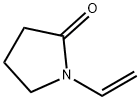




You may like
-
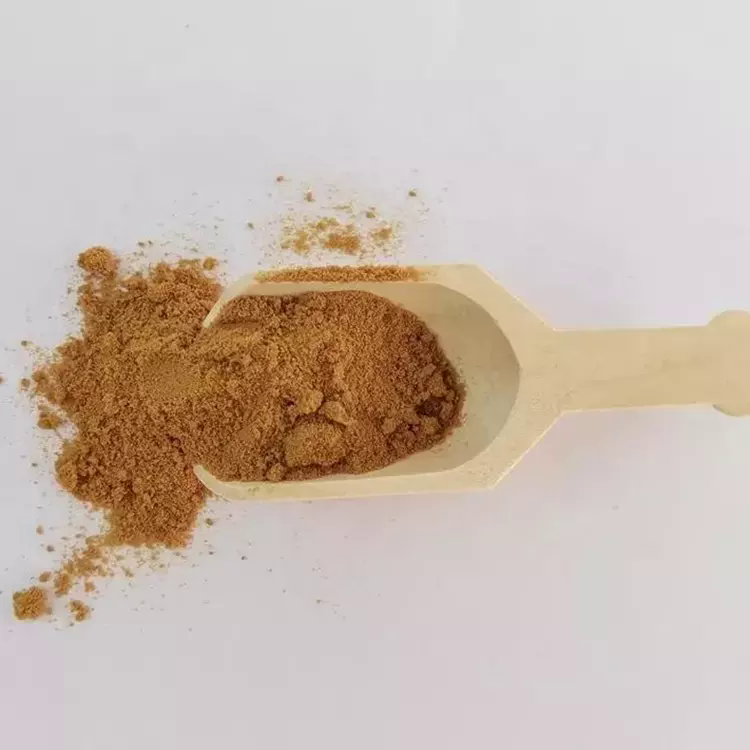 91832-40-5 Cefdinir (Unlabelled) 98%View Details
91832-40-5 Cefdinir (Unlabelled) 98%View Details
91832-40-5 -
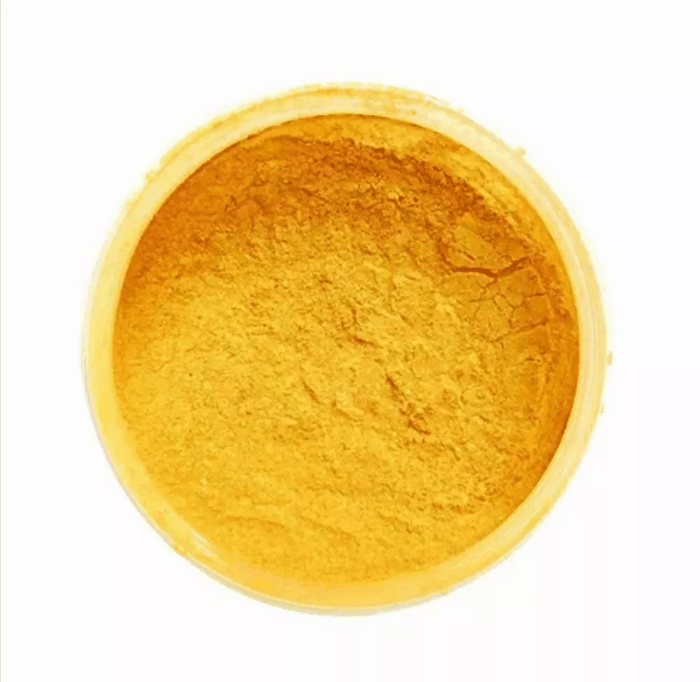 91832-40-5 98%View Details
91832-40-5 98%View Details
91832-40-5 -
 Cefdinir CAS 91832-40-5View Details
Cefdinir CAS 91832-40-5View Details
91832-40-5 -
 Cefdinir 99%View Details
Cefdinir 99%View Details
91832-40-5 -
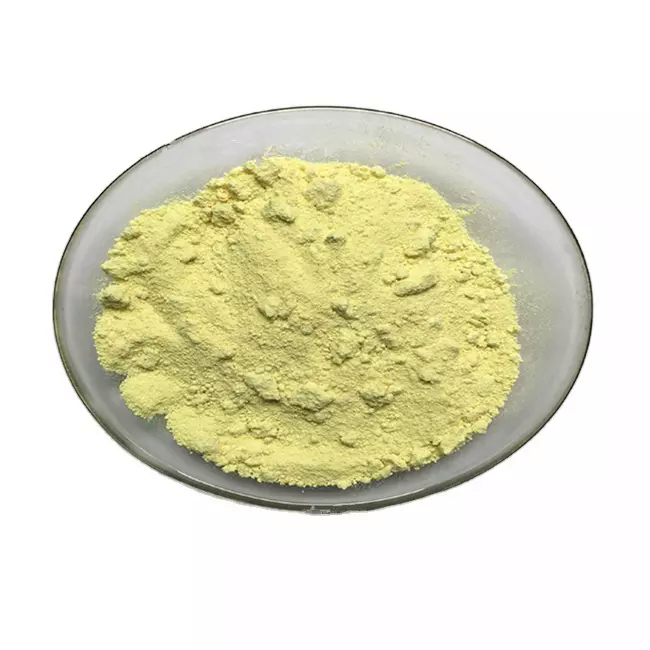 Cefdinir 98%View Details
Cefdinir 98%View Details
91832-40-5 -
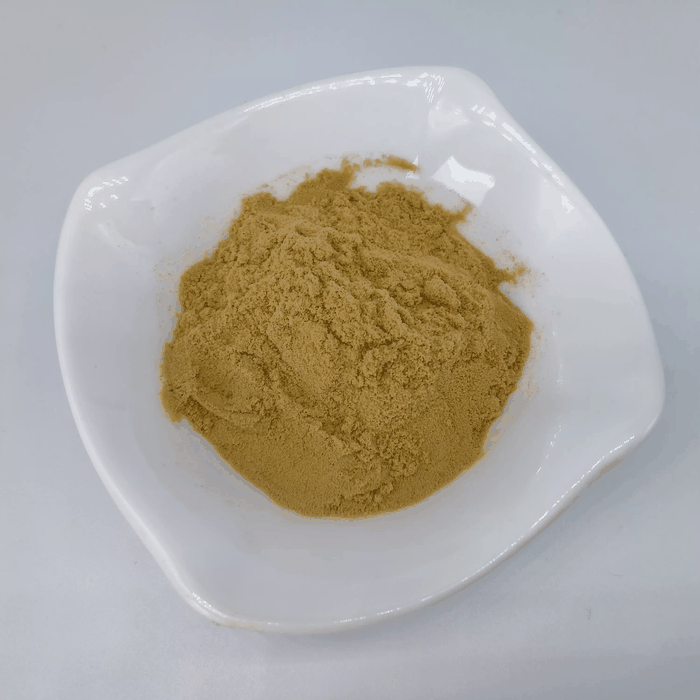 91832-40-5 Cefdinir 98%View Details
91832-40-5 Cefdinir 98%View Details
91832-40-5 -
 Cefdinir 95.00% CAS 91832-40-5View Details
Cefdinir 95.00% CAS 91832-40-5View Details
91832-40-5 -
 Cefdinir CAS 91832-40-5View Details
Cefdinir CAS 91832-40-5View Details
91832-40-5
